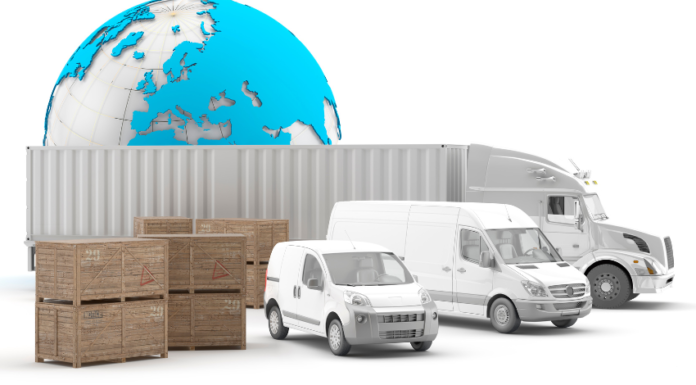Driving a vehicle is a privilege that comes with responsibilities, including the need for proper authorization. Whether you’re applying for a driver’s license for the first time, renewing an existing one, or seeking special permissions, understanding the requirements and processes involved is crucial. This article delves into the concept of “authorization for driving vehicles,” explaining what it entails, why it’s important, and how to obtain it.
1. What is Authorization for Driving Vehicles?
Authorization for driving vehicles refers to the legal permission granted by a governing authority that allows an individual to operate a motor vehicle on public roads. This authorization typically comes in the form of a driver’s license or a temporary permit, depending on the individual’s situation.
2. Types of Driving Authorizations
There are various types of driving authorizations, each catering to different needs and circumstances:
- Learner’s Permit: A temporary permit issued to new drivers, allowing them to practice driving under supervision before obtaining a full license.
- Full Driver’s License: A permanent authorization that allows the holder to drive independently.
- Commercial Driver’s License (CDL): Required for individuals who wish to drive commercial vehicles, such as trucks or buses.
- Special Permits: These include authorizations for driving specific types of vehicles, like motorcycles or heavy machinery.
3. Why is Authorization Important?
Having proper authorization is not just a legal requirement; it’s a measure that ensures safety on the roads. The process of obtaining a driver’s license or permit involves tests and evaluations designed to confirm that the driver has the necessary skills and knowledge to operate a vehicle safely. Without proper authorization, driving can lead to legal consequences, including fines, penalties, and even imprisonment.
4. The Process of Obtaining Authorization
The process for obtaining authorization to drive a vehicle typically involves several steps:
- Application: The first step is to apply for the relevant permit or license at the local motor vehicle department. This usually requires submitting identification documents and paying a fee.
- Testing: Most regions require drivers to pass both a written knowledge test and a practical driving test. The knowledge test assesses understanding of road rules, while the practical test evaluates driving skills.
- Medical Examination: Some driving authorizations, particularly for commercial licenses, require a medical examination to ensure the driver is physically fit to operate a vehicle.
- Background Check: In some cases, a background check may be conducted to ensure the applicant does not have a history of driving-related offenses.
- Issuance of License/Permit: Once all requirements are met, the driver receives their authorization, which could be a learner’s permit, full license, or other relevant documentation.
5. Renewing Your Driving Authorization
Driver’s licenses and permits typically have an expiration date, after which they need to be renewed. The renewal process may involve:
- Updating Information: Drivers may need to update personal information, such as address or name changes.
- Passing a Test: In some cases, drivers may be required to retake a vision test or even a driving test, especially if renewing a commercial license.
- Paying Fees: Renewal usually requires payment of a fee, which varies depending on the type of authorization and the region.
6. Driving Without Authorization: Consequences
Driving without proper authorization is illegal and can lead to severe consequences, including:
- Fines: Monetary penalties that vary depending on the region and the specific violation.
- License Suspension: If caught driving without authorization, you may face suspension of your driving privileges.
- Legal Action: In some cases, driving without a license can result in criminal charges, leading to court appearances and possibly jail time.
- Insurance Issues: Driving without authorization can void your insurance coverage, leaving you financially responsible for any accidents or damages.
7. Special Cases: International Driving Permits
If you’re planning to drive in a foreign country, you may need an International Driving Permit (IDP). This document translates your domestic driver’s license into multiple languages, allowing you to drive legally in other countries. The process of obtaining an IDP usually involves applying through your home country’s motor vehicle department and providing a copy of your driver’s license.
8. Frequently Asked Questions (FAQs)
Q: Can I drive with an expired license?
A: No, driving with an expired license is illegal and can result in penalties.
Q: How long does it take to get a driver’s license?
A: The time it takes to get a driver’s license varies depending on the region and the type of license. It can range from a few weeks to several months.
Q: Do I need a special license to drive a motorcycle?
A: Yes, most regions require a separate motorcycle license or endorsement on your regular driver’s license.
9. Conclusion
Authorization for driving vehicles is a vital aspect of road safety and legal compliance. Whether you’re a new driver or an experienced one, ensuring that you have the correct authorization is essential. By understanding the types of driving authorizations, the process of obtaining them, and the consequences of driving without one, you can navigate the roadways with confidence and responsibility.


